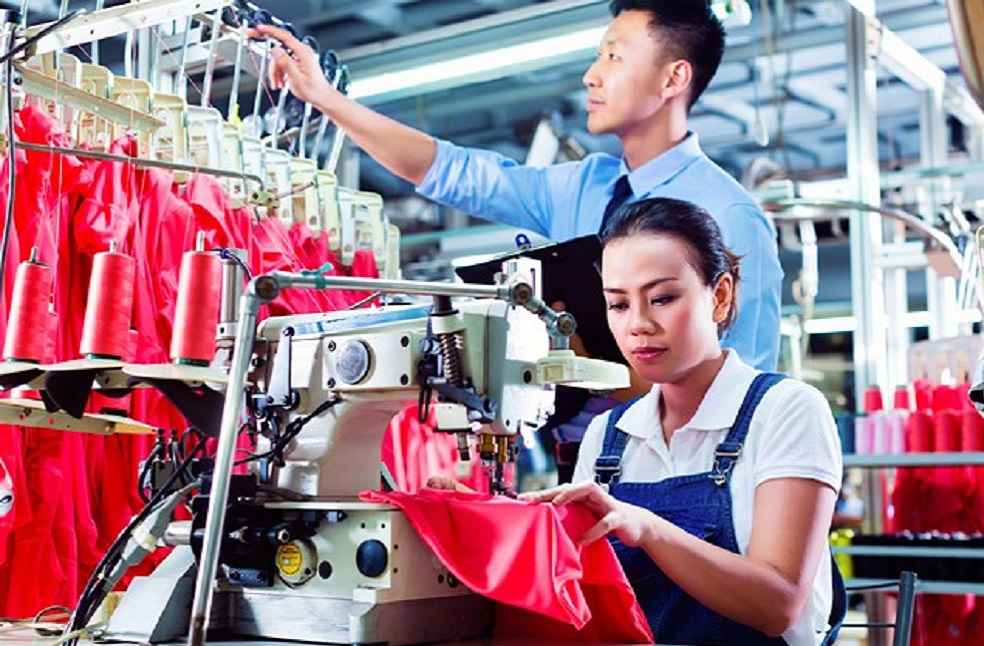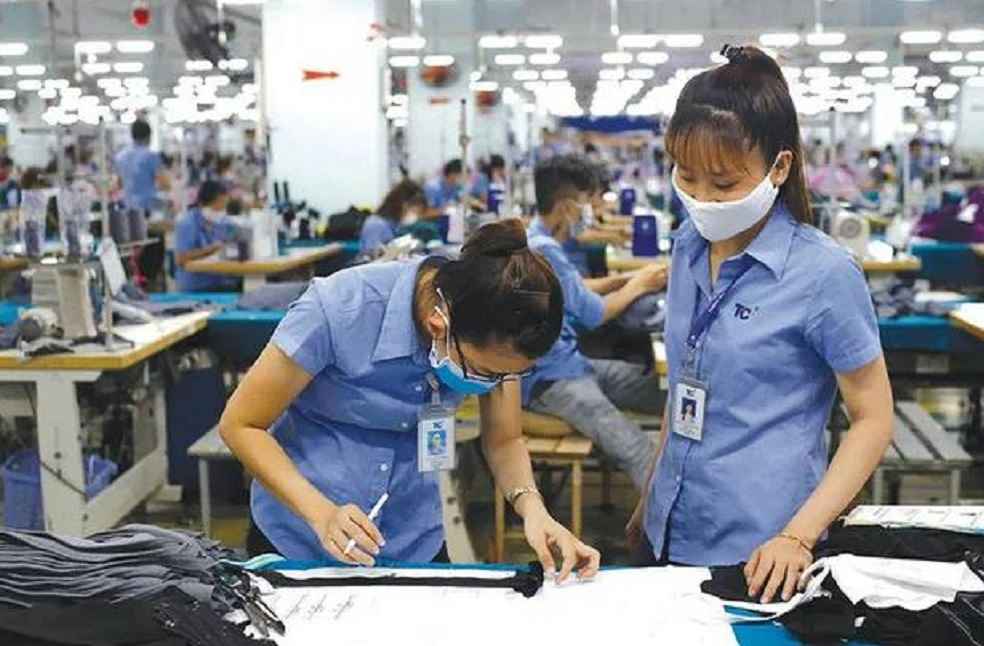Vietnam is embarking on an ambitious initiative to establish a global trade hub that aims to revolutionise its textile and footwear sectors by reducing reliance on outsourced production and imported raw materials, positioning the country for long-term growth and competitiveness.
Industry associations plan to deploy a survey team in October, tasked with studying successful global trade centres worldwide. The objective is to tailor this model for Vietnam, ensuring it aligns with local realities and operates at maximum efficiency.
Deputy Minister of Industry and Trade, Phan Thi Thang, underscored the urgency of this shift. “We cannot carry out outsourcing forever. The textile and footwear industry needs to master the source of raw materials and design stages. Building a trading centre to develop raw materials and accessories for the Vietnamese fashion industry is necessary.”

Thang pointed out that the creation of a trade hub, focused on raw materials and accessories, should have occurred earlier. “Therefore, we need to speed up the implementation of the project in a specific manner, including the stages of operation, proposed policies, and mechanisms,” she urged.
This centre, envisioned to attract private investment, would act as a nexus for both domestic and foreign suppliers. By providing a platform for showcasing raw materials for textiles and footwear, it would reduce sourcing times and offer competitive pricing, while fostering market transparency.
The proposed hub would not only streamline supply chains but also enhance traceability of raw materials, ensuring compliance with international standards. It would also serve as a venue for exhibitions, facilitating connections between industry stakeholders and introducing the latest trends and innovations in raw material production.
Nguyen Duc Thuan, Chairman of the Vietnam Leather, Footwear, and Handbag Association, addressed a critical issue: the country’s underdeveloped supply chain for raw materials. Many businesses struggle to meet domestic origin requirements under current trade agreements. “Only then can businesses in the leather and footwear industry, especially small- and medium-sized enterprises, have the opportunity to rise up and participate in the industry supply chain,” Thuan explained.

Pham Tuan Anh, Deputy Director of the Vietnam Industry Agency at the Ministry of Industry and Trade (MoIT), echoed Thuan’s concerns. “Furthermore, the import of raw materials will affect the advantage of import tax exemption for textiles and footwear products in markets where Vietnam has signed a free trade deal, and regulations on rules of origin have been implemented,” he warned.
Despite these challenges, Vietnam remains a powerhouse in the global textile and footwear sectors. The World Trade Organization ranks the country as the second-largest footwear exporter and the third-largest textile and garment exporter globally. Data from the MoIT shows that in the first six months of 2024 alone, these industries generated nearly $30 billion in exports, accounting for 16% of the nation’s total turnover and employing five million workers—22% of the industrial labour force.
DON’T MISS | China Pushes for US Tariff Removal in Key Trade Talks with Officials



